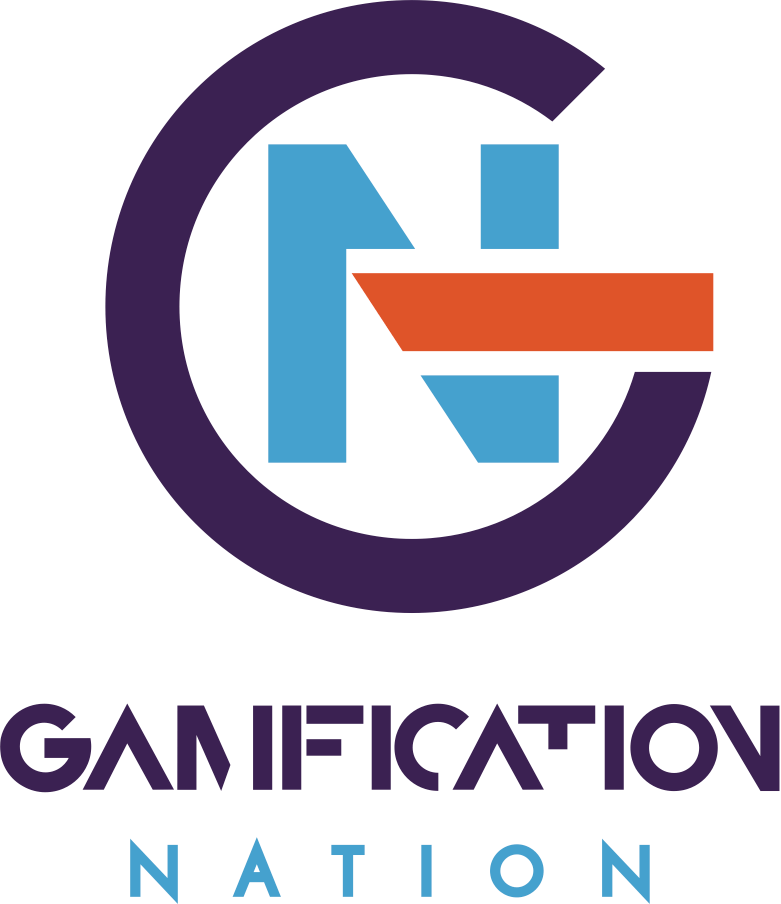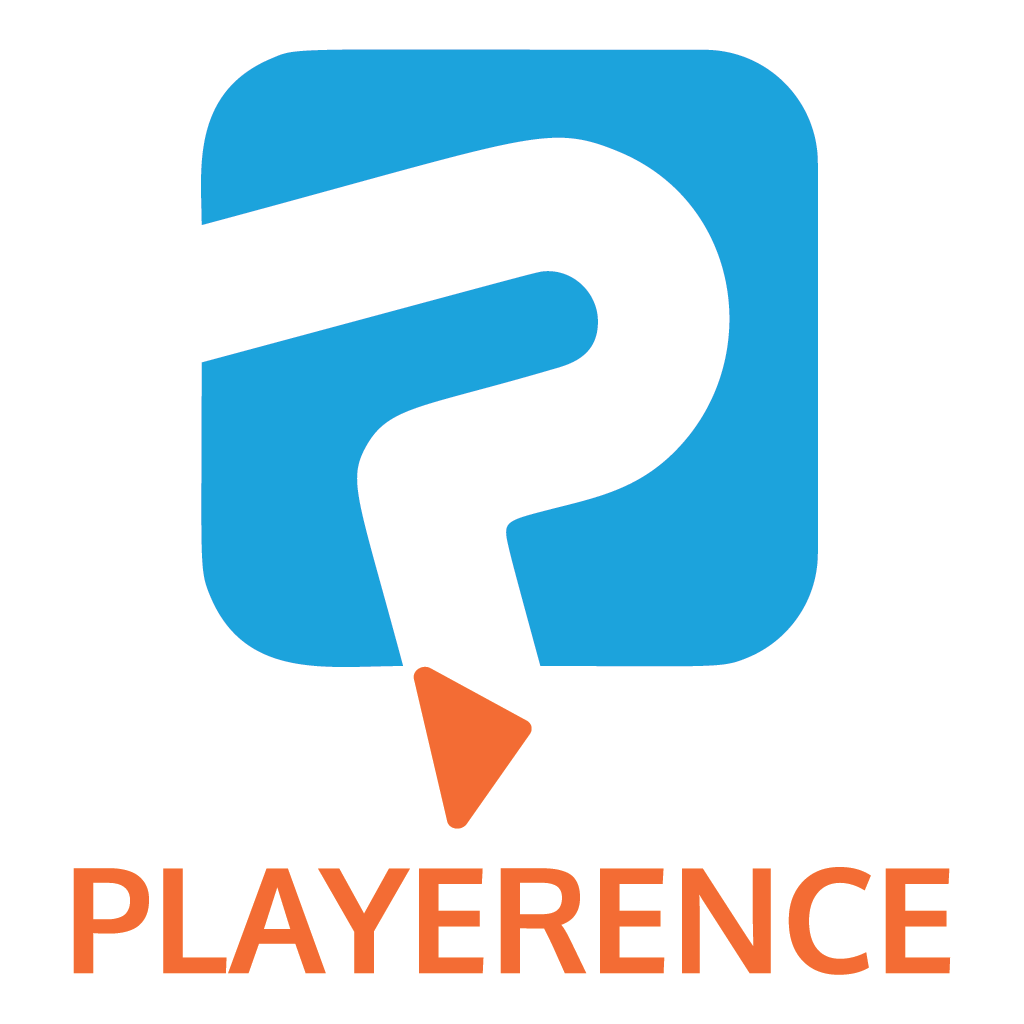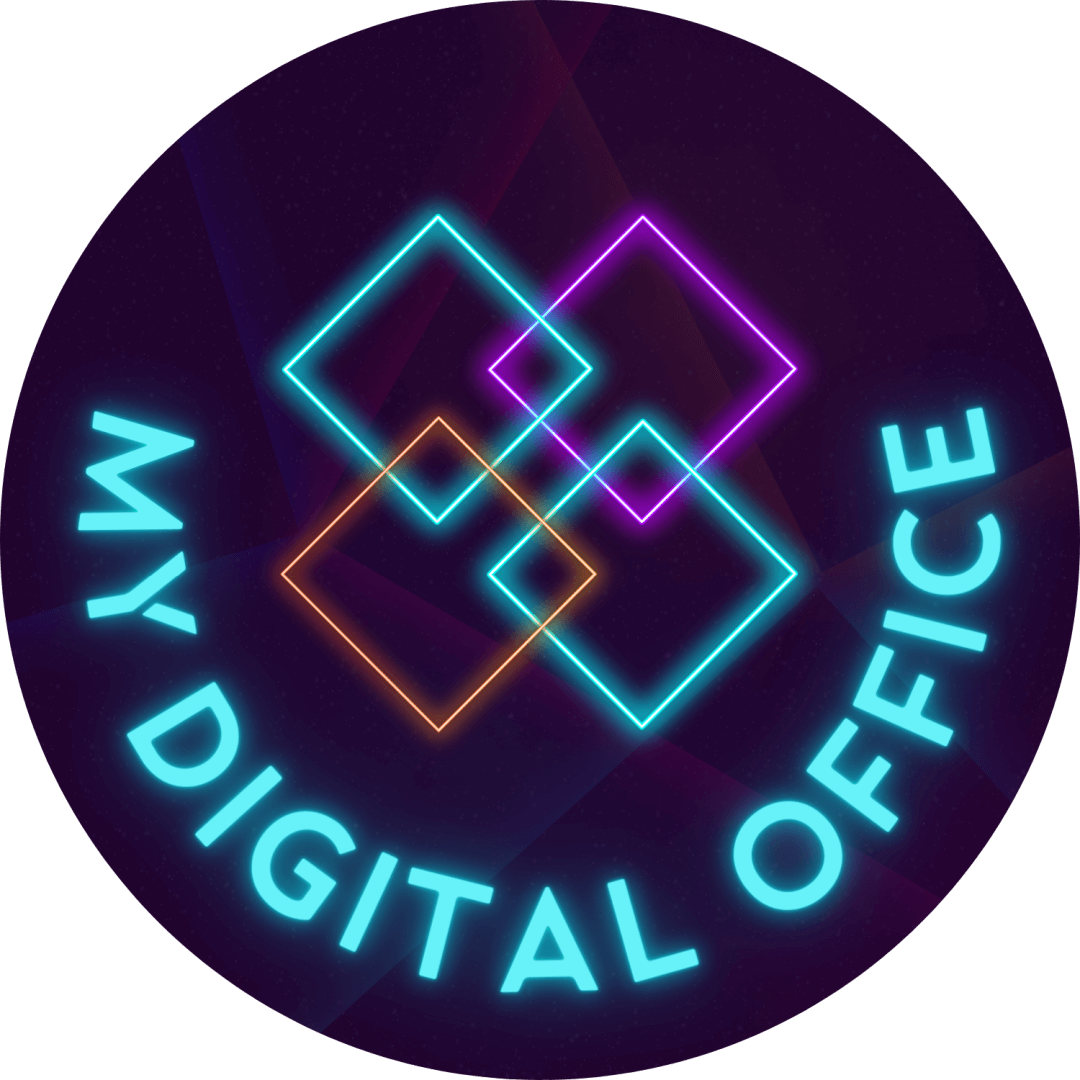Ever had the situation where you read an article or watched a fascinating video or even clicked through an e-learning session, and then you couldn’t remember most of it apart from the general topic? Well it turns out, you are in the majority of people. The least effective ways of learning are to just passively take in the information even when you are highly interested in it.
A study by Dunlosky (Kent State University), Rawson (Kent State University), Marsh (Duke University), Nathan (University of Wisconsin–Madison), and Willingham (University of Virginia) reviewed the effectiveness of 10 commonly used learning techniques. They also added in student age, reason for learning and ways of learning. For each technique they outlined who would benefit the most from this method and who wouldn’t.
The least effective learning techniques across the board were underlining, rereading material, and using mnemonic devices. The reason for the lack of effectiveness, was because these techniques were difficult to implement properly and often resulted in inconsistent gains in student performance. On the flip side learning techniques such as taking practice tests and spreading study sessions out over time — known as distributed practice — were found to be much more effective because they benefited students of many different ages and ability levels and enhanced performance in many different areas.
When we are looking at gamification for learning, the level 3 gamification of learning in my framework, focuses highly on the application of knowledge, which is a form of practise testing, have you really learned the new skill. Other forms of gamification for learning can be quizzes or practise tests rated by peers or against algorithms with feedback on performance.
I actually believe when learners already have a base level of knowledge in a subject, putting their knowledge to the test through questions and more creative variations on this theme, will give first of all feedback on what you already know and often install a sense of wonder or frustration about the things you missed or didn’t know. From a design perspective it starts with adequate content, structured in a questioning fashion. People will go and explore when they have a reason to dig deeper, great teachers have known this for years that inspiring questioning is much more valuable than factual transfer of knowledge. In todays world facts can be retrieved relatively easily thanks to search tools. However the motivation to go and learn more is harder to create, because it goes down to the core values of the learner.




